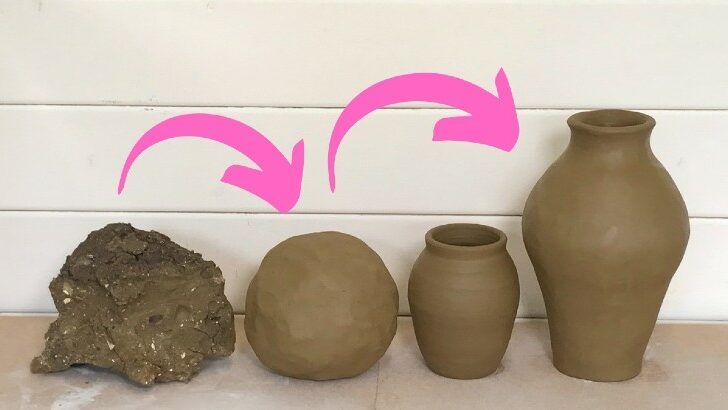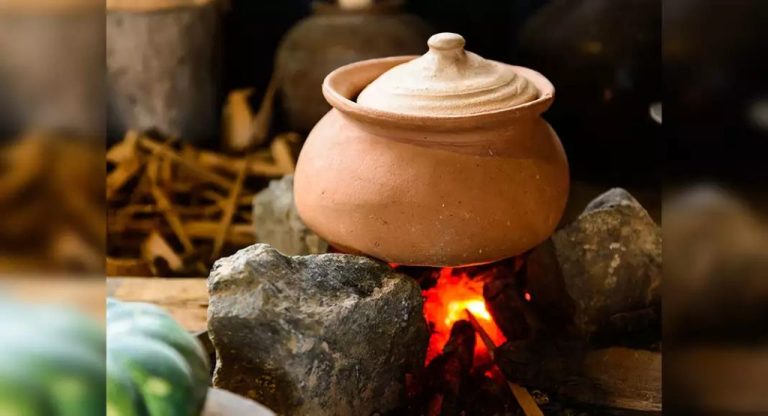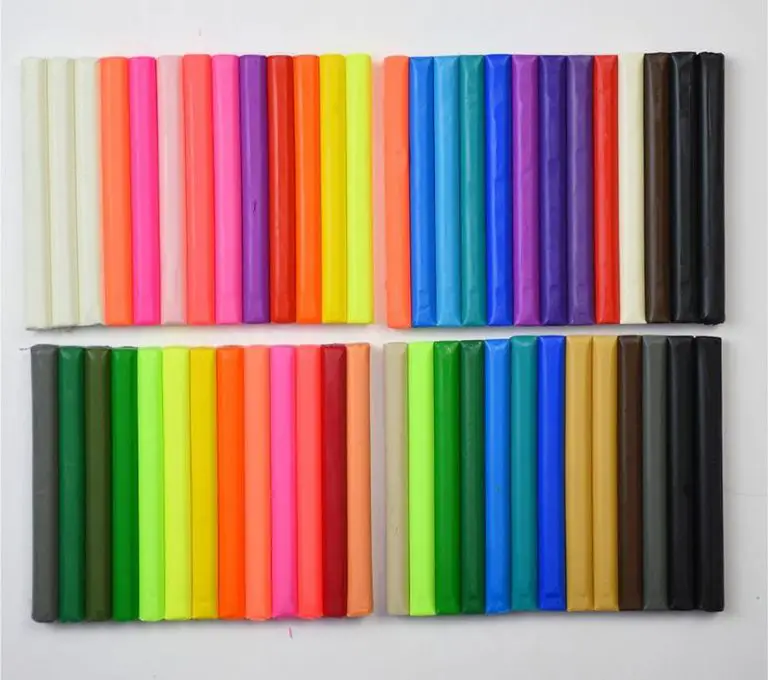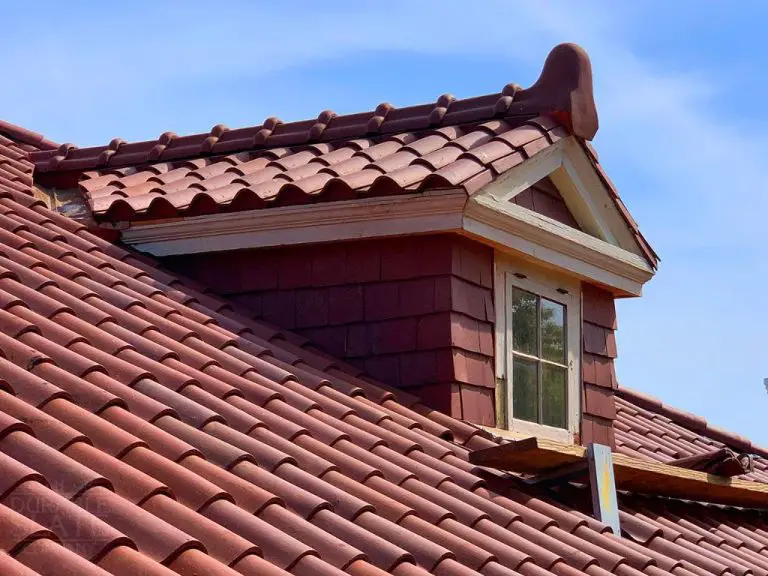Does Expanded Clay Hold Water?
What is Expanded Clay?
Expanded clay is a lightweight aggregate made by heating clay in a rotary kiln. The heat causes the clay to expand like popcorn, creating an incredibly porous, lightweight material. The resulting expanded clay pellets are round or irregularly shaped, with a porous internal cellular structure. They are typically reddish-brown in color due to the iron oxide content of the clay. Expanded clay is also known as grow rocks, clay pebbles, LECA (light expanded clay aggregate), and hydroton.
The most important properties of expanded clay include its:
- High porosity and large surface area – up to 80% internal space
- Low density – about a quarter of the weight of soil
- High stability – it does not break down or dissolve
- Inertness – it does not react chemically
Due to these unique properties, expanded clay has become a popular growing medium in hydroponics and container gardening. The porous structure allows for air circulation to plant roots while also retaining water. Expanded clay also provides anchorage for roots while being lightweight enough for use in potted plants and roof gardens. Other applications include oil absorbents, lightweight fillers, and filtration media.
Porosity of Expanded Clay
Expanded clay is extremely porous due to its processing method. During manufacturing, clay is fired at high temperatures which causes it to expand and create an internal cellular structure full of tiny spaces. This gives expanded clay an exceptional ability to absorb and retain moisture through capillary action.
The porous structure creates microscopic channels that allow water to be wicked into the media. As the clay absorbs water, it is drawn into the tiny pores through the natural adhesive forces between the liquid and the clay particles. This capillary action allows expanded clay aggregates to hold water much like a sponge.
The high porosity and resulting capillary action give expanded clay an excellent water retention capacity. The tiny pores provide numerous spaces for water to be stored within the aggregate. This water remains available for plants between irrigations or rain events. The porous structure and moisture retention ability make expanded clay a desirable medium for many horticultural applications.
Water Retention Capacity
One of the defining characteristics of expanded clay is its ability to absorb and retain significant amounts of water. This is due to the porous structure and high internal surface area of the clay pellets.
When dry, the spaces within the clay pellets act as tiny air pockets. As water is introduced, it displaces this air and fills the pores. The pellets become saturated with water while still maintaining their granular shape.
Expanded clay can absorb water up to 200% of its dry weight. However, the recommended saturation point for most horticultural applications is between 45-65% of the pellet’s total volume. This leaves sufficient air capacity for healthy root function.
At field capacity, expanded clay retains up to 50% of its weight in water that is available to plants. This water buffering ability reduces the frequency of irrigation needed compared to soilless media like peat or coconut coir.
The clay also retains a film of water around the pellets via matric forces. This keeps moisture available to plant roots even as the larger pores empty. So expanded clay continues providing water to plants longer between irrigations.
Drainage Properties
One of the key benefits of expanded clay is its excellent drainage properties. The porous structure of the clay pebbles creates spaces for air and water to easily flow through the medium.
Expanded clay has high permeability, meaning it allows water to drain rapidly through it. This prevents standing water or soggy conditions which can lead to root rot and other problems. The large pore spaces between the clay pieces provide rapid drainage and oxygenation of the root zone.
Studies have shown expanded clay to have drainage rates of up to hundreds of inches per hour. This is significantly higher than traditional soil mixes or even other soilless mediums like perlite or vermiculite. The porous structure creates lots of void space for excess water to quickly flow out.
The quick drainage helps prevent waterlogging while still retaining some moisture and nutrients for plant uptake. It creates an ideal balance of air and moisture circulation for healthy roots. This excellent aeration also provides oxygen to plant roots and beneficial aerobic bacteria.
In summary, the permeability and porosity of expanded clay pieces enable exceptional drainage capacity and soil oxygenation while still providing water and nutrients to plant roots.
Use in Horticulture
Expanded clay is widely used in horticulture as a growing medium due to its beneficial properties for container plants and hydroponics. The porous structure of expanded clay allows it to retain moisture while still providing drainage and aeration for plant roots. This makes it an excellent choice for potting mixes and hydroponic systems.
For container plants, expanded clay blended into a potting soil provides moisture retention to prevent plants from drying out too quickly between waterings. The clay absorbs water and releases it back to the roots as needed. At the same time, the porous structure creates air pockets to prevent soggy soil and allow excess water to drain away.
In hydroponic systems, expanded clay is valued for its water retention abilities. When used as a substrate in hydroponics, the clay aggregates can hold moisture and nutrients on their porous surface. This creates a reservoir for plant roots to uptake what they need. The clay allows just the right amount of moisture retention while still letting excess water drain away.
Overall, expanded clay’s balance of moisture retention and drainage makes it ideal for helping container plants and hydroponics get consistent moisture and oxygen to the roots. This promotes faster growth and healthier plants.
Other Applications
Expanded clay also has applications beyond horticulture and landscaping. Some key uses are in construction, filtration, and as an oil absorbent.
In construction, expanded clay can be used as lightweight aggregate in concrete mixes. The porous structure of the clay creates air pockets in the concrete, reducing the overall weight while maintaining strength. This makes expanded clay concrete ideal for applications like roof deck systems or precast elements where weight savings are beneficial.
The highly porous nature of expanded clay also makes it useful as a filtration medium. It can filter and absorb contaminants from water and other fluids. Expanded clay is commonly used in septic systems, stormwater filters, and industrial waste treatment.
Additionally, expanded clay can absorb oil and organic contaminants. Because it repels water but absorbs hydrocarbons, it is often used for cleaning up oil spills on land and water. The absorbed oil can also be recovered and recycled from the expanded clay.
Comparison to Other Media
Expanded clay differs from other common growing media in terms of water retention, drainage, and other properties:
Perlite – Perlite is an extremely porous synthetic material, while expanded clay is a natural porous clay. Perlite tends to retain less water than expanded clay. Perlite drains very quickly and may not provide enough moisture retention for some plants without frequent irrigation. Perlite floats when wet, while expanded clay is heavier and less prone to floating out of containers.
Vermiculite – Vermiculite is a natural mineral that expands when heated, creating an extremely light and spongy substrate. Vermiculite holds more moisture than expanded clay. However, vermiculite compacts and degrades over time, while expanded clay maintains its structure. Vermiculite also tends to float when wet.
Sand – Sand particles are much larger than expanded clay, creating larger gaps that drain quickly. Sand retains very little moisture. Plants in sand require very frequent irrigation. Sand is also prone to compaction.
Gravel/Pebbles – Like sand, gravel and pebbles have large particles that leave big gaps, leading to quick drainage. They have minimal water holding capacity. Drainage occurs too rapidly for healthy growth of many plants.
Considerations
There are a few considerations to keep in mind when using expanded clay as a horticultural growing medium or other applications:
Cost – Expanded clay tends to be more expensive than some other options like peat or coconut coir. The baking process required to produce expanded clay increases costs compared to other soilless medias. Consider the long-term value when investing in expanded clay.
Weight – In its dry state, expanded clay is quite lightweight. However, when saturated it can become very heavy. Take into account how frequently the expanded clay will be saturated and make sure surfaces or structures can handle the weight when wet.
Potential to Float – Related to the increased weight when saturated, expanded clay has the potential to float out of containers or beds when thoroughly watered. This is only an issue in certain non-enclosed applications, but it’s worth being aware of.
Recommendations
Expanded clay can be an excellent addition to potting mixes and garden soils when used properly. Here are some tips for getting the best results from expanded clay:
Best Uses
Expanded clay works well in container and raised bed mixes where drainage is important. The particles create air pockets that prevent soil from getting waterlogged. Expanded clay pellets are especially useful for plants that require excellent drainage like cacti and succulents.
Expanded clay can also improve drainage in heavy garden soils when mixed into the top 6-12 inches. This is beneficial for vegetables and annuals that prefer “lighter” soil.
Soil Mixes
Avoid using 100% expanded clay. For containers, mix it with potting soil, compost, perlite or other amendments. Recommended ratio is 30% expanded clay pellets to 70% potting mix. For in-ground use, mix it into native soil at a ratio of no more than 1:3 clay to soil.
Since expanded clay is sterile, combine it with nutrient-rich organic matter like compost. The organic matter helps retain some moisture while the clay continues to provide aeration.
Irrigation Tips
Even though it improves drainage, expanded clay can still hold moisture in its pores. Allow the top inch or two to dry out before watering to encourage healthy roots. Avoid frequent shallow watering.
Plants in expanded clay may need more frequent irrigation compared to dense potting mixes. Check soil moisture a few inches below the surface before watering.
During hot, dry weather containers may need daily watering. Monitor plants for any signs of wilt and water thoroughly as needed.
Conclusion
In summary, expanded clay provides several benefits for gardening and water retention due to its porous structure and ability to hold moisture over time while still allowing for adequate drainage. The porous clay absorbs water readily and releases it slowly to plant roots, helping maintain consistent moisture levels in the soil. While expanded clay alone may not hold enough water for intensive gardening, when mixed into soil beds it can help reduce watering frequency significantly. The clay’s aeration and drainage prevent soggy conditions that lead to root rot. Ultimately, expanded clay does hold water well compared to other inorganic media like gravel or perlite, though organic media like peat or coir may retain even more moisture. When using expanded clay, it’s best to monitor soil moisture levels regularly and water when the top few inches become dry.
To directly answer the original question – yes, expanded clay does hold water reasonably well due to its absorbent, porous structure. While it may not hold as much moisture as some organic media, expanded clay provides an effective combination of water retention and drainage that makes it a useful amendment for gardening soils and potting mixes.




